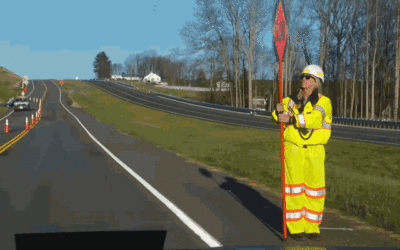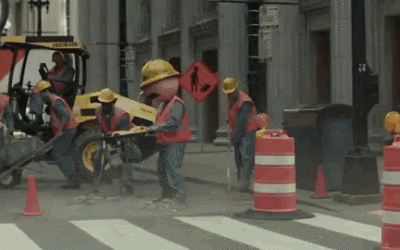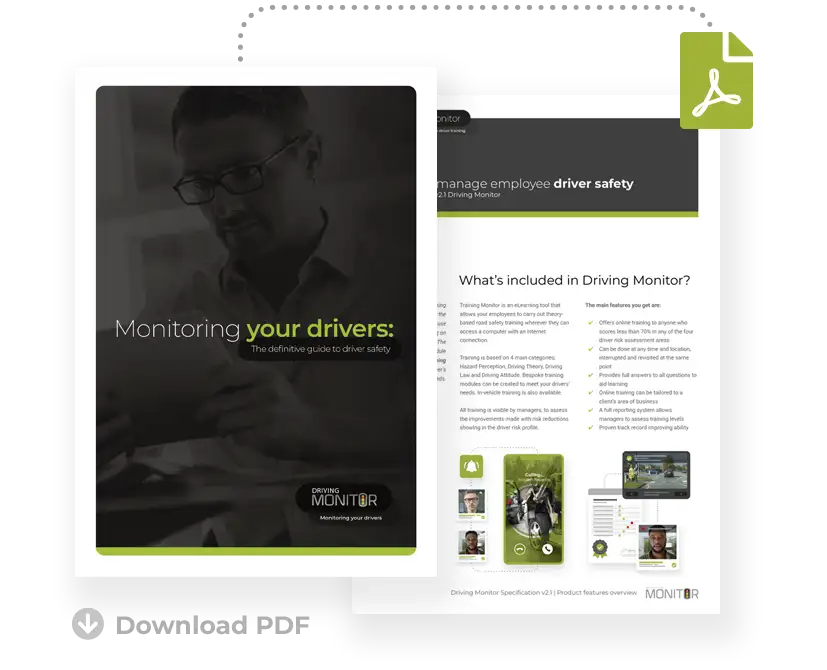Smart Motorway Safety Tech ‘Must’ Improve, Says Regulator

The Transport Watchdog has stated that smart motorway technology ‘must’ improve urgently.
The statement was part of a review of all-lane running smart motorways and looked at the impact that the safety technology has had on the roads over the past few years.
All-lane running smart motorways aim to ease congestion through smart technology solutions which allow the hard shoulder to become a running lane to help ease traffic during busy periods.
But many experts have been critical of smart motorways since they were first introduced in 2002, with people insisting that more needs to be done to make the roads safer.
And the rollout of new all-lane running smart motorways was paused in January 2022 amid further investigations and has yet to resume.
The government is now collecting data on existing all-lane smart motorways to assess their safety before it allows any more to be built.
What Is A Smart Motorway?
Smart Motorways were introduced in 2002, with All Lane Running (ALR) versions first opening in 2014.
They use traffic management methods including variable speed limits and using the hard shoulder as a running lane to control the flow of traffic in a way that minimises cost, time and environmental impact.
The benefit comes from the fact that you don’t need to build additional lanes to implement smart motorways, so improvements in traffic flow and management can be made much quicker.
No new ALR motorways are allowed to open without radar technology to spot stopped vehicles on the hard shoulder, which has been a safety concern since Smart Motorways were implemented in the UK.
Highways England is currently upgrading Smart Motorway cameras to enable them to detect any cars driving in closed lanes. This is known as a ‘red X’ violation, which can be enforced by police.
Red X violations will result in drivers being hit with an automatic £100 fine and three penalty points once camera enforcement is operational.
The Smart Motorway Safety Issue
Smart Motorways have been subject to significant scrutiny since their introduction, with ‘improvement measures’ laid out in a Stocktake Report on Smart Motorways in March 2020.
The report outlined an 18-point action plan that needed to be undertaken, including camera improvements and an advertising campaign to inform drivers of etiquette on the ALR roads.
Smart Motorways – What’s The Latest?
National Highways has installed 122 enforcement cameras that automatically detect vehicles that ignore red X lane closure signs.
And they’ve also committed to building more emergency refuge areas, with the target being for one to be present every three-quarters of a mile on smart motorways.
In addition to this, Stopped Vehicle Detection (SVD) has now been installed on every existing all-lane motorway in 2022, although it’s still too early to see the impact this will have on road safety.
There are still calls from some experts to look at other ways smart motorways could be used, perhaps with hard shoulders only being used in severe traffic jams.
How do you feel about smart motorways? Do you think more improvements need to be made to address safety concerns? Let us know in the comments below.










